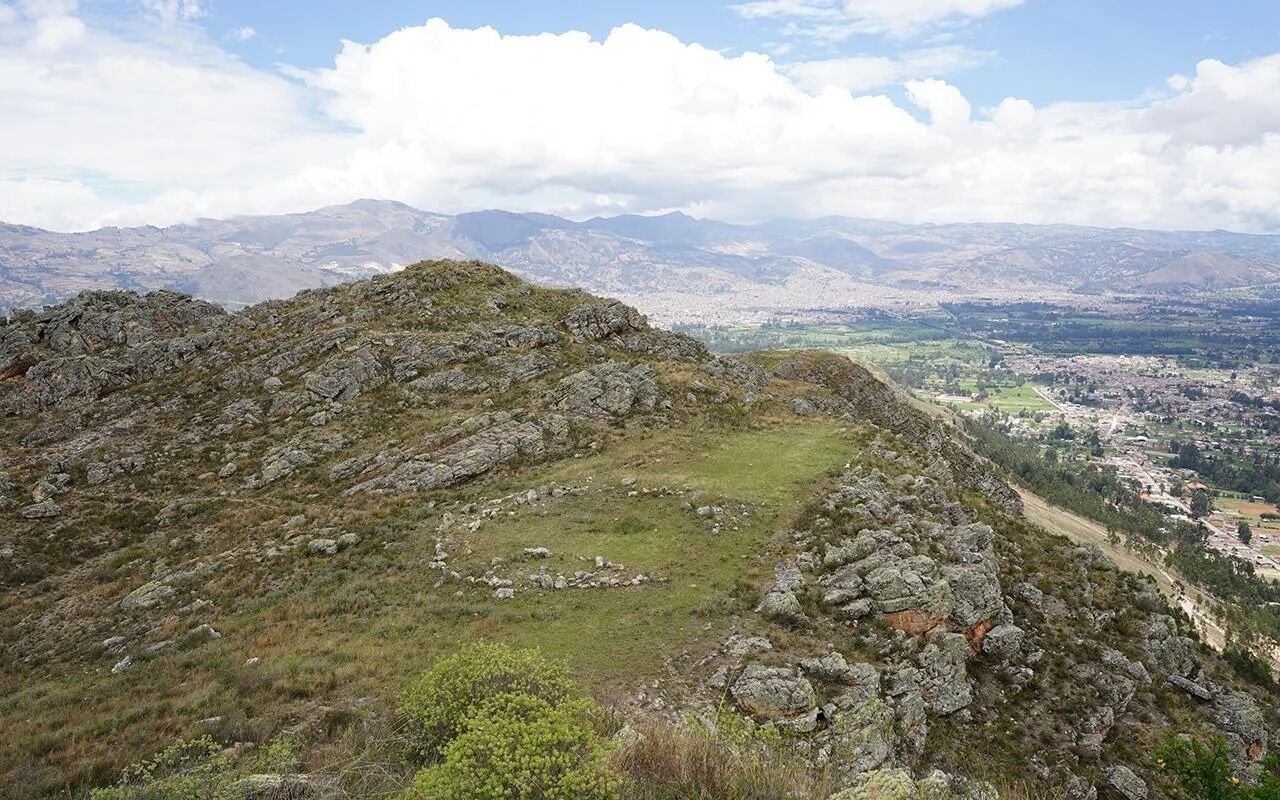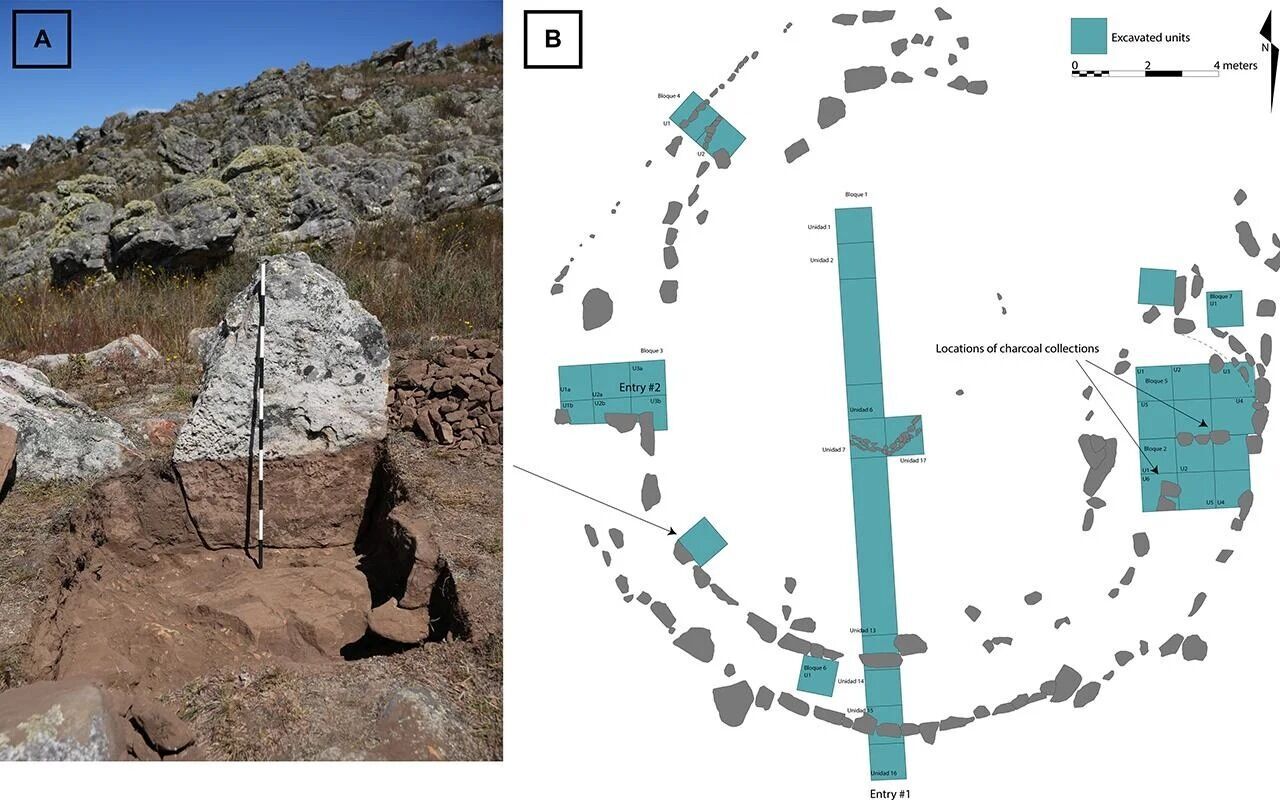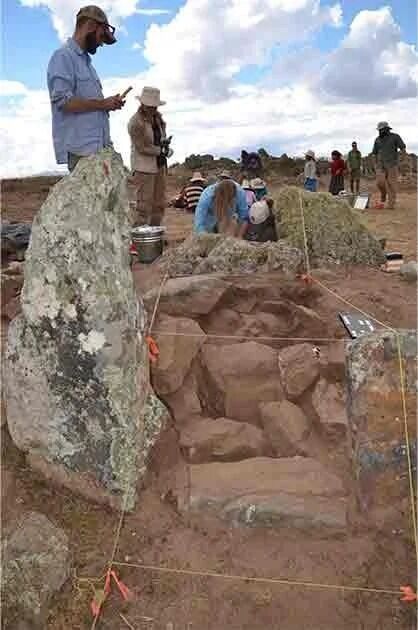News
May be older than Stonehenge: scientists discover a mysterious stone square in Peru. Photo
Archaeologists from the University of Wyoming (UW) have discovered an ancient plaza of huge stone blocks in the Cajamarca Basin in northern Peru. This area, which was discovered at the Callacpuma archaeological site, is one of the first examples of a monumental structure in the Andean region.
It is reported by Archaeology News. The structure consists of two round walls built of vertically arranged megalithic stones.
Archaeologists claim that no evidence of human habitation has been found in the building, indicating that its main purpose was ceremonial.
Led by Associate Professor Jason Toohey and Professor Melissa Murphy, the research team began excavations in 2018, expanding on systematic studies that began in 2015.
The researchers' findings shed light on a key transition period in South America when coastal fishing communities began to interact with agricultural societies in the mountains.
The site was built approximately 4,750 years ago, predating such prominent monuments as the Great Pyramids of Egypt and Stonehenge. Researchers emphasize the importance of this plaza as a gathering place for the early inhabitants of the Cajamarca Valley, who were mainly engaged in hunting and gathering food, beginning to explore agriculture and animal domestication.
The layout of the plaza, which has two entrances and a complex foundation layer made of clay, soil, gravel, and charcoal, shows that it was carefully planned and that access was controlled. A variety of artifacts have been found at the site, including fragments of ceramic vessels, quartz crystals, and rough lapis lazuli gemstones.
Analysis of the site indicates periodic visits to the area before its closure during the Lysine period (500-200 BCE), which points to changes in belief systems and social organization. According to scholars, the construction of such monumental structures reflects the transition to collective action and regional cooperation between semi-nomadic groups.
The discovery of the excavations casts doubt on existing theories about early Andean societies, revealing the dynamic social landscape of the late pre-ceramic period.
Subscribe to OBOZ.UA channels on Telegram and Viber to keep up with the latest events.






























